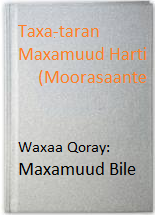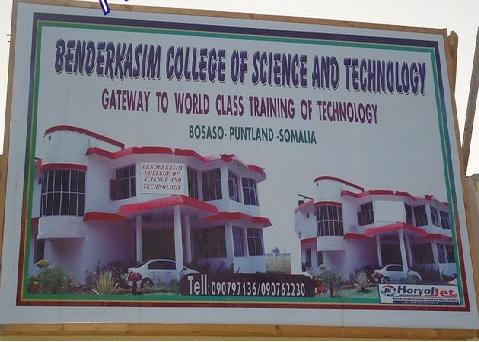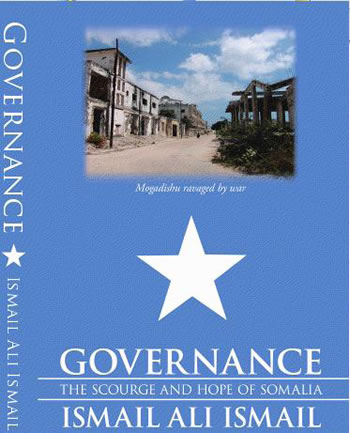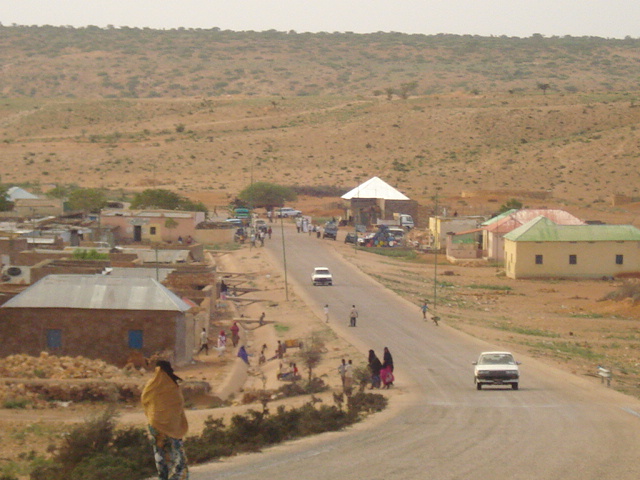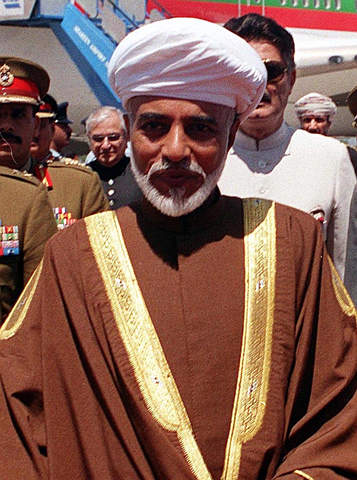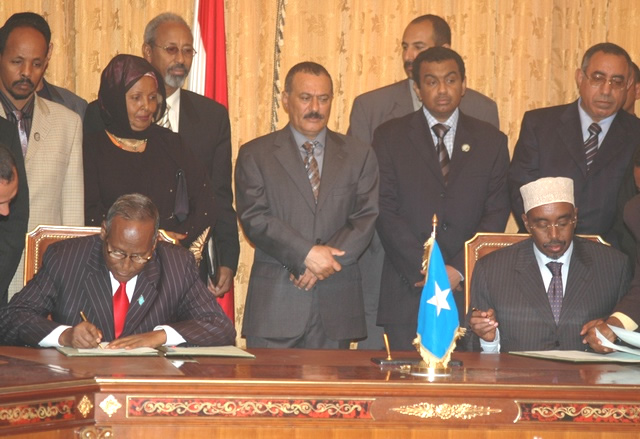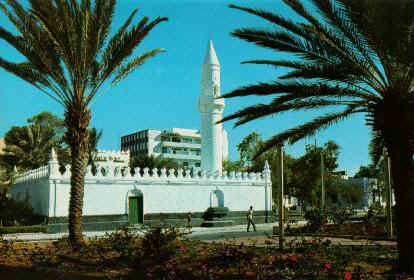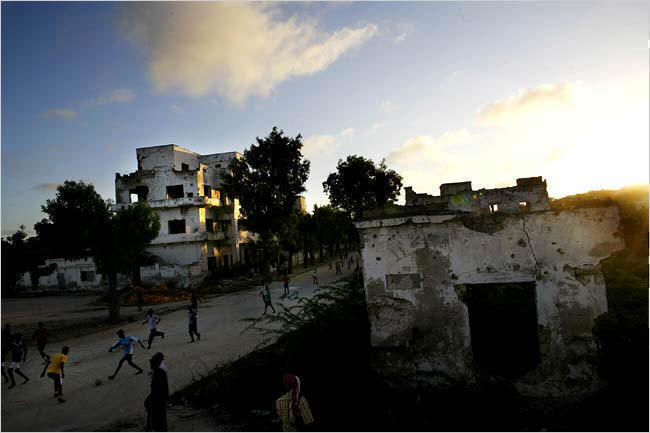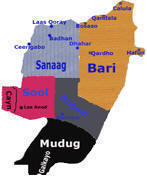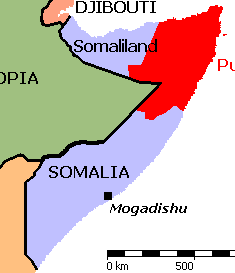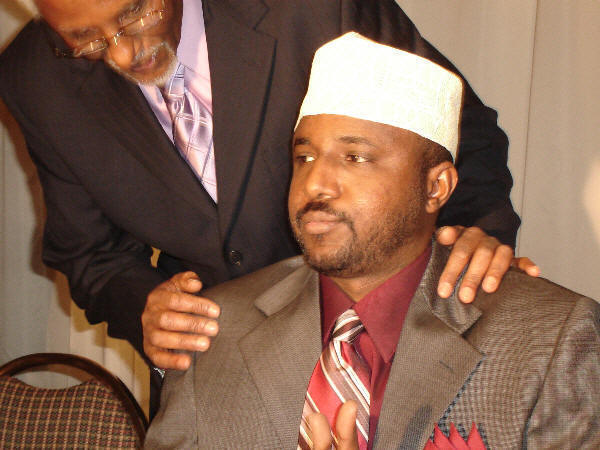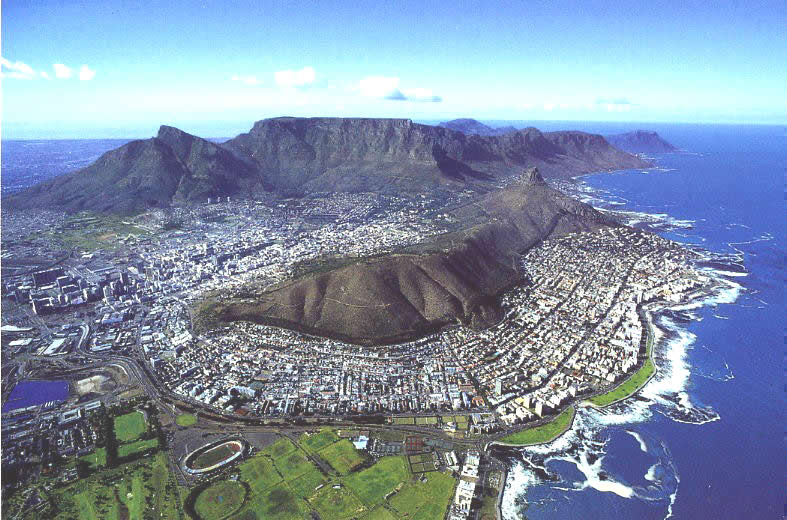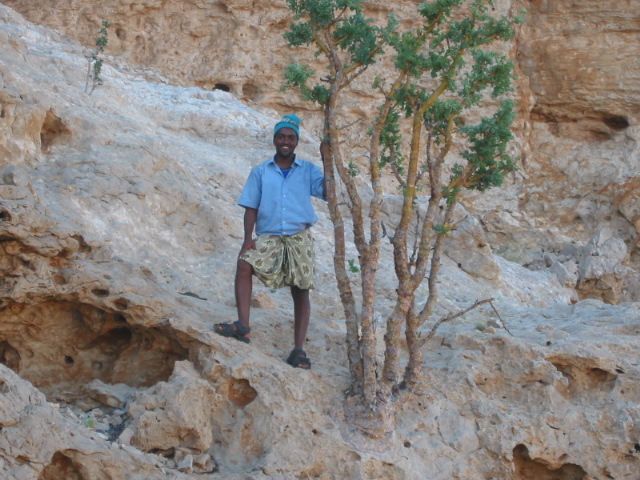
Clandestine
By Sean D. Naylor
Air Force Times
Monday, November 14, 2011
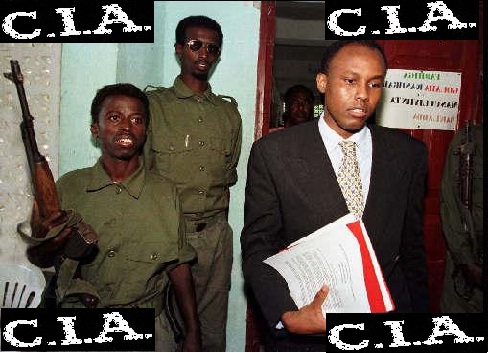
The third in a series looking at
Starting in 2003, small teams of
The teams combined CIA case officers and �shooters� from a secretive special operations unit sometimes called Task Force Orange, said an intelligence source with long experience in the Horn of Africa. �There were always at least two CIA case officers, and there were always at least two shooters,� the source said. �Everybody was armed.�
Those first secret missions were all about gathering human intelligence � �collecting information, validating information,� said the source. But they soon expanded to include working with warlords to hunt al-Qaida members, tapping cellphones, purchasing anti-aircraft missiles and, ultimately, developing a deeper understanding of al-Qaida`s East African franchise and how it fit into the wider al-Qaida network.
The
The teams would hop a commercial flight that departed
�The safest flight you can be on in
The plane would land at the K50 airport, about 50 kilometers southwest of
The operatives set out to build relationships with the warlords who had held sway in
Since al-Qaida`s eviction from
But with the ill-fated 1992-1994 U.S. military intervention in
�The United States still has a hangover from `Black Hawk Down,` � the intelligence source said, in a reference to the book and movie about the October 1993 Battle of Mogadishu that cost the lives of 18 U.S. soldiers � almost all of whom were part of a Joint Special Operations Command task force.
�Nobody had the stomach for it,� agreed a special ops source with firsthand knowledge of military operations in the Horn.
Instead, the CIA ran the
Operation Black Hawk`s aim was to kill or capture the 20 or so main members of the al-Qaida cell in
From 2001 on,
Thus small teams composed of CIA case officers, TF Orange special operators and what a senior intelligence official called �really high-end interpreters� would land at K50 and travel to and through
Key to the missions was Bennett, the experienced station chief who �was very professional,� said the special ops source with firsthand experience of military operations in the Horn. �He`s a really unbelievable team player,� said the senior intelligence official.
Bennett did not go on the missions because, according to the intelligence source with long experience in the Horn, �[He] didn`t need to � it was unnecessary risk.� But his personality was critical to the effort. �The relationship with the warlords was built through � Bennett,� said the source. �It was through his sheer willpower and force of personality. He could do it and nobody else could.�
Bennett laid down some ground rules for operating in
� �We will work with warlords.�
� �We don`t play favorites.�
� �They don`t play us.�
� �We don`t go after Somali nationals, just [foreign] al-Qaida.�
The last stipulation was key because �the warlords were in it just for the money,� the intelligence source said. �They had no problems knocking out non-Somalis.�
(However, this rule applied only to operations conducted by, with and through the warlords, the source said. It did not apply to
The CIA worked with �just about all� the warlords, said the intelligence source. �The warlords really didn`t have a dog in the fight,� the source added.
The Americans used a carrot-and-stick approach, offering the warlords cash if they helped, with the implicit threat of
�They were risky missions,� the intelligence source said. �You could never actually trust the warlords � they`re subject to the highest bidder. That`s why we wanted to have that stick.�
But the warlords` fear of being whacked by
�We really didn`t have a stick,� the source said. �Not in a hundred years. But it worked.�
At first the CIA-TF Orange teams would fly in and out of Somalia on the same day, but as their relationships with the warlords became more comfortable, they began visiting at least once a week and staying overnight in the Somali capital, the source said. Those relationships were paying off by late 2003, when the CIA persuaded Mohammed Farah Aideed Jr., the warlord son of the late militia leader whose forces the
�The 18s were brand-new, in a crate,� he said.
The intelligence source with long experience in the Horn confirmed that Aideed Jr. provided the CIA with �about 40� surface-to-air missiles. �To this day I don`t clearly understand what his motives were, but it worked for us,� the intelligence source said.
Both sources said the CIA paid Aideed Jr. about $360,000, which the intelligence source described as �peanuts,� for the missiles, any one of which could bring down a civilian airliner. After the agency bought them, the missiles were stored briefly at an arms depot at
Cellphone monitoring
Working with the warlords required extraordinary care and judgment.
�Much of what the warlords told us was true,� the intelligence source said. But, the source added, before running operations against targets based on what the warlords had told them,
In an effort to develop targets, the CIA, supported by TF Orange, ran a series of missions into
�You`ve got to reposition [the devices] as they add cellphone towers or reposition them,� the military official said.
These missions allowed the
�Initially the
(The �Orange� name comes from the color code traditionally assigned to the
While the
�They knew these guys,� the senior intelligence official said. �They were in charge of the handling [of the warlords], any kind of negotiations that were being done. It was a good relationship, actually.�
`Hundreds of bad guys`
In a country in which any operation carried major risks, �some of these sensitive missions in downtown Mogadishu� were the most dangerous carried out by U.S. personnel in Somalia during the past 10 years, said the intelligence official.
�We could have had two or three
No aircraft monitored these missions.
�We had very, very few imagery assets available � everything was still dedicated to
That left each team of operatives reliant on shaky deals with ruthless warlords in an anarchic city of roughly 2 million overrun by competing militias.
�All these bad guys had not a couple of bad guys with them but hundreds of bad guys with them,� said a military targeting official. �If you put somebody in there � you`re going to be in the middle of hundreds of bad guys almost instantaneously, and if you don`t have this thing just absolutely soup to nuts, you`re probably going to wind up with a lot of dead people, including friendlies, including our guys. You could never quite get around that.�
But unbeknownst to all but a few not directly involved, there was a force ready to come to the rescue, in case the teams in
Led by Col. Rod Turner, a Special Forces officer, the force was tasked to be prepared to conduct personnel recovery missions, code named Mystic Talon missions, in the event that the CIA/JSOC forays into
If the order came to launch the rescue force, the task force`s four Air Force special operations MH-53 Pave Low helicopters would take off carrying as many members as possible of the Special Forces company assigned to Central Command`s Crisis Response Element, a special ops force available to Turner for certain missions. That company was a commander`s in-extremis force, or CIF, company, which is specially trained and resourced for direct-action missions.
Each Pave Low was manned by a crew of six and equipped with an air-to-air refueling probe, rapid-firing mini-guns in the doors and a .50-cal machine gun mounted on the tail.
�They were flying arsenals but with this big layer of armor blankets in them,� the special ops source said.
But the weight of that armor, plus the heat of
�It would be based on the information provided at the time of notification,� the special ops source said.
If the message from the team on the ground was, �We are decisively engaged, we can`t get out of where we`re at, and we need as much firepower as we can to save our lives,� then the priority for the rescue force would be to put as many guys on the ground as possible, rather than �getting in and extracting them,� the source said.
In such a worst-case scenario, the thinking went, �maybe we can get a ship up the shore or something and get something in off the ship,� he said.
On the other hand, the special ops source said, �If it was, `Hey, we`re hauling ass, heading west, there`ll be five of us,` then it would probably be maybe a five-man package per bird. Just something to go in, lay down a quick base of fire, go in and pull these guys out and then leave.�
In addition, Turner ordered that plenty of space be left on the helicopters in case one or more of them did not make it back, and the task force planned every personnel recovery mission with the requirement that it could still be accomplished if a helicopter was lost.
�The plan was to launch all four with the expectation that [the task force] would have to do self-recovery if one of them went down,� the special ops source said. �When that aircraft went down, one aircraft would have to stop and pick them up and would turn around and bring them home. So you basically have maxed out that aircraft if you have five or six SF guys on it and a crew of five guys. � [We`re then] sticking another 10 guys on an already almost overloaded airplane, trying to limp it back to
If two helicopters went down, the mission would be aborted, but everyone on the four outbound helicopters flights would fit on the remaining two, if need be, according to the special ops source.
As it was, despite the extraordinary risk involved, no mission into
Key targets
The ability to listen to al-Qaida in East Africa`s phone calls paid big dividends.
�It [the phone monitoring] definitely led to us being able to have much more precise information about what was going on, what actually was happening,� the senior intelligence official said. �Those operations gave us pretty good insight into what al-Qaida was doing in
Those targets included Saleh Ali Saleh Nabhan, one of the original al-Qaida in East Africa leaders, as well as two senior figures in Somalia`s al-Qaida-linked al-Shabaab militia: Aden Hashi Ayro, who allegedly trained in al-Qaida`s
But monitoring al-Shabaab and al-Qaida phone traffic did more than help
�There were [telephone] communications between
The phone-monitoring gear is probably still operating, the intelligence official said.
�I`ve got to believe it`s still there, because it was a pretty capable system,� the official said, adding that now, �It`s probably better.�
However, the official said, publishing the history of the cellphone monitoring system would not compromise ongoing operations. The targets in
�They`re not hearing the Predators overhead all the time,� the intelligence official said. �It`s like guys in
(However, the intelligence source with long experience in the Horn said that the al-Qaida cell began to move its communications to the Internet. And with reports that the
Training camps
Not all
�We were throwing people at Ras Kamboni � in late `01, early `02,� the intelligence source with long experience in the Horn said. Then interest in the town abated before picking up again in late 2003 to early 2004, when
In addition, case officers in the U.S. Embassy in
The
It was not until 2007 that the
Al-Qaida in East Africa`s tentacles spread beyond
However, the source added, it wasn`t clear whether al-Qaida in East Africa was planning attacks in
�We were tracking several targets in
Related articles:
Part I: The Secret War: How U.S. hunted AQ in Africa
Part II: Lack of human intel hampered AQ hunt in Africa
Unnamed interim government officials accused of links with Al-Qaeda
BBC Monitoring
December 19, 2001
Husayn Aydid, who is one of the senior members of the SRRC [Somali Reconciliation and Reconstruction Council] currently in
He said Gen [Muhammad Farah] Aydid and Abdullahi Yusuf [ex-president of Puntland] were the first men to fight the Al-Ittihad in
He denied that his father had links had with Al-Ittihad and Al-Qa`idah.
�
�Ethiopian officials actually spoke to me about Somali terrorist groups while I was on a visit to
Husayn Aydid further went on to say that Al-Qaeda and Al-Ittihad and three other organizations which he did not name had been present in
�The SRRC has pledged to work with the Americans and the international community against terrorists,� he said, adding that the war on terrorism had existed even during the era of Siyad Barre, with the NSS [National Security Service] being in charge of this task.
�Not all politicians in the political organizations belong to Al-Ittihad and Al-Qaeda. However, there are some men who served in the Siyad Barre government and who are now the leaders of the Arta faction [interim government] who belong to these organizations,� Husayn Aydid said...
Source: Xog-Ogaal,
� 2001 The British Broadcasting Corporation. All Rights Reserved.
|
|
 Sawirro Somaliya 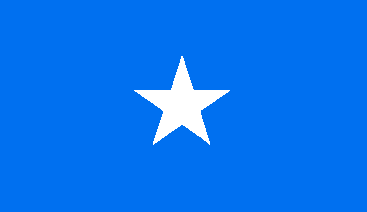 |
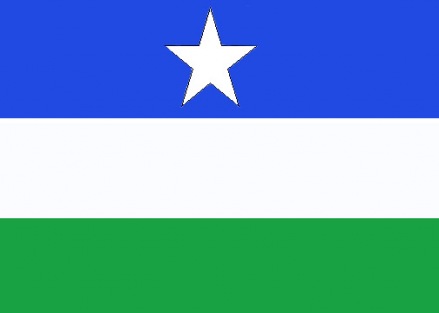
|
GOVERNANCE
The Scourge and Hope of Somalia A New Book By Ismail Ali Ismail  Which Way to the Sea, Please? By Nuraddin Farah Dhulkii Burcad-Badeedda .jpg) Budhcad Badeed Weli Qiil ma Leeyahay? 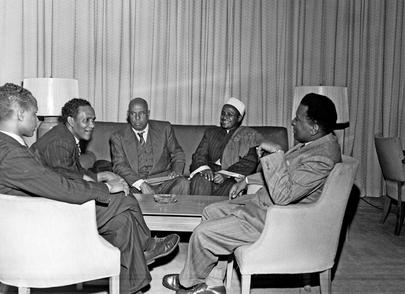 SYL LETTERS By A S Faamo |
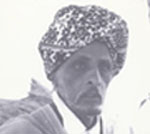 |
 |
© Copyright BiyoKulule Online All rights reserved�
Contact us [email protected] or [email protected] |
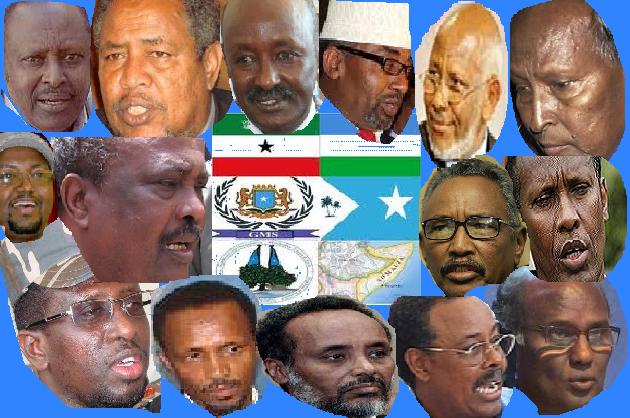
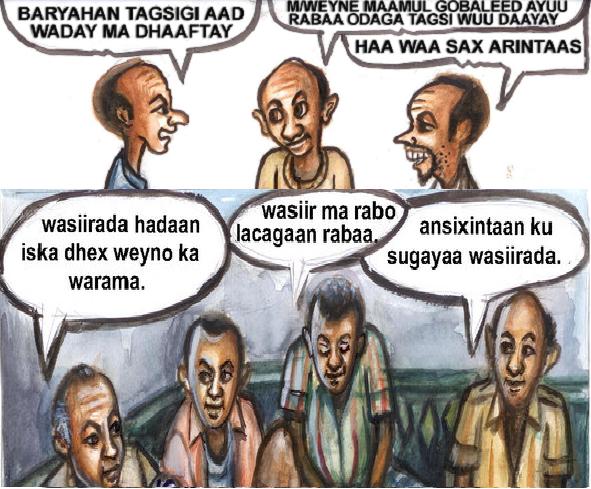
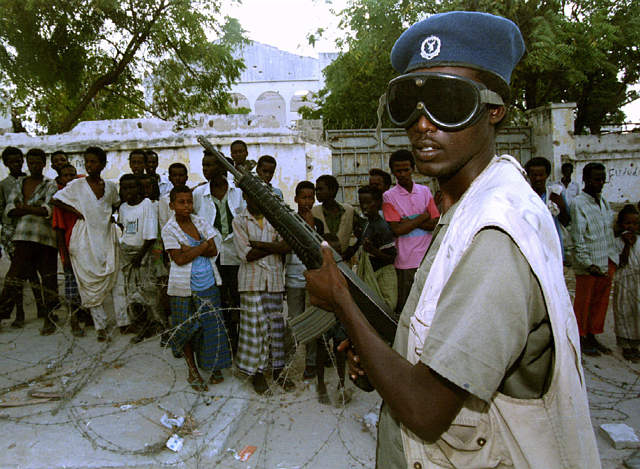

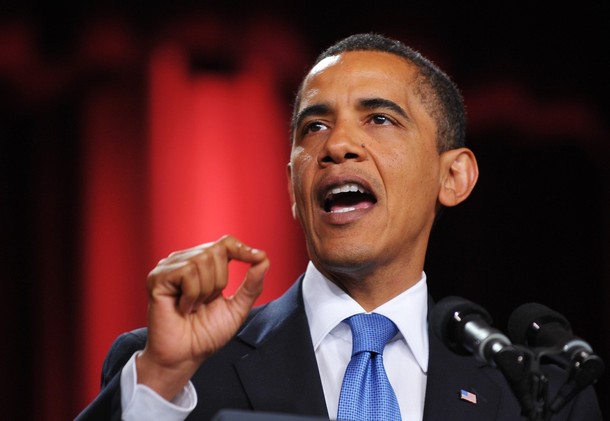
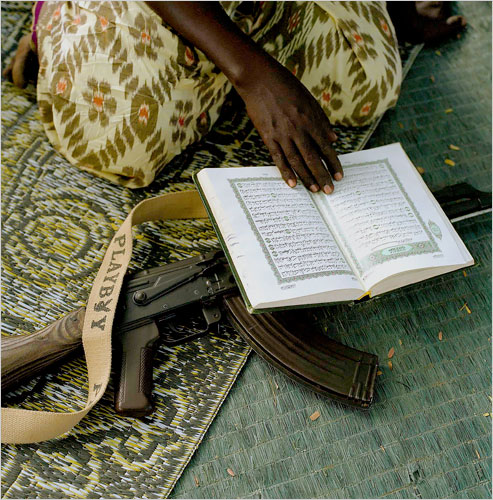

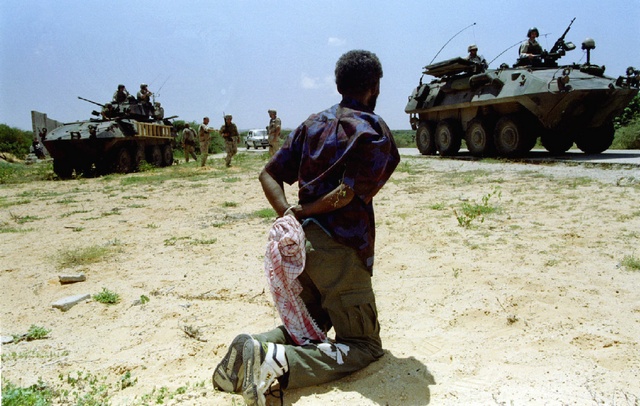
.jpg)
